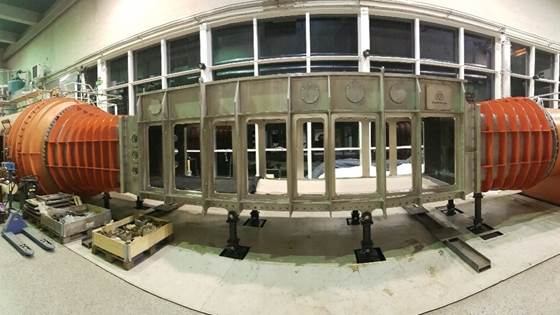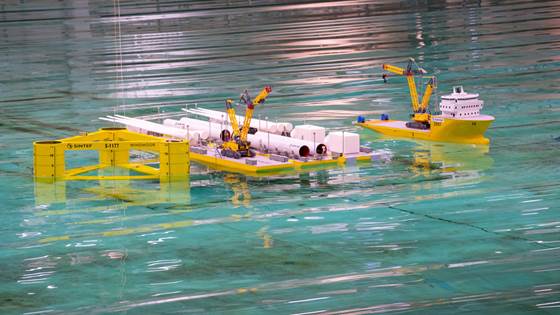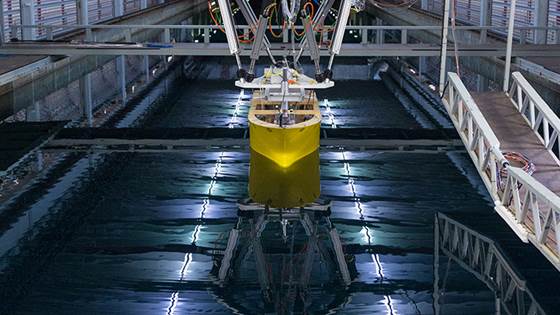This leads to a world-wide brainstorming to not only optimize, but also radically change the design of cargo ships. Novel ship hull and propeller designs, alternative fuels and new operational schemes have been explored, among others. And one dimension that has gained significant momentum during the last couple of years is wind-assisted propulsion. When implemented properly, wind propulsion has the potential to contribute significantly to reduced emissions, at a ship level 10 – 20% reduction can be obtained on retrofit Installations even when the vessel continues its normal operation. On new-built ships emission reductions are in principle only limited by operational, practical, and regulatory aspects.
SINTEF Ocean performs research in fields ranging from initial concept studies, to detailed design optimisation and ship system verification tests, with research at model scale, full scale, or through computation, depending on the task.
Through the combined use of our extensive facilities: the Towing Tank, Cavitation Tunnel, and Ocean Basin laboratories, equipped with specialised equipment and test techniques for wind assisted vessels, as well as through CFD simulations, advanced numerical tools, and route simulation software, SINTEF Ocean can support with:
- Concept level performance and performance predictions from model test databases and propulsor libraries.
- Manoeuvring and seakeeping predictions.
- Detailed analyses of design components, flow fields, hydrodynamic and aerodynamic forces, through model tests or CFD simulations.
- Free-sailing model tests in the Towing Tank and Ocean Basin laboratories, including the effects of wind assisted propulsion on propulsion, seakeeping and manoeuvering characteristics.
- Route analysis, routing, and fleet logistical studies, including the impacts on energy consumption, emissions and regularity.
- Sea trials, analyses and evaluation of continuous data collection.
- Third party evaluations.




